Wikipedia:Wikipedia Signpost/2015-03-25/Featured content
Appearance
Featured content
A carnival of animals, a river of dung, a wasteland of uncles, and some people with attitude
- People with attitude
This Signpost "Featured content" report covers material promoted from 8 March through 14 March. Text may be adapted from the respective articles and lists; see their page histories for attribution. (You know this disclaimer.)
Featured articles
Four featured articles were promoted this week.

- Camille Saint-Saëns (nominated by Tim riley) Camille Saint-Saëns was a French composer, conductor, and organist, revered by both Gabriel Fauré and Maurice Ravel as a genius. He was regarded by the music critic Schonberg as "the most remarkable child prodigy in history, and that includes Mozart." Among the works of this celebrated Romantic composer still performed today are his suite The Carnival of the Animals, his tone poem Danse macabre, his opera Samson and Delilah, his Symphony No. 3, known as the "Organ symphony", and his Piano Concerto No. 2.
- Great Stink (nominated by SchroCat) The "Great Stink" was the name given to the smell of the River Thames in the hot summer of 1858. Raw sewage from London had been dumped in the river since the time of Brutus of Troy. Normally, the flow of the river and the tides would move everything eastwards, but dry weather caused a decrease in the river's flow, and the river banks soon developed a crust up to six feet thick. The stench from decaying faeces became so strong that the Houses of Parliament covered their windows with curtains soaked in lime chloride, but even this failed to mask the pong. Civil engineer Joseph Bazalgette proposed shifting the muck eastwards by propelling it along a series of sewers using pumping stations. His proposal was accepted, and Bazalgette oversaw the construction of 1,100 miles (1,800 km) of street sewers and 82 miles (132 km) of main sewers. Completed in 1875, the system dumped untreated sewage into the Thames just south of Dagenham. In 1878 the SS Princess Alice sank at this point one hour after the release of 75 million imperial gallons (340,000 m3) of raw sewage; over 650 people drowned.

"Sorry, ate some bad roadkill last night" quoth the raven. - Forest raven (nominated by Cas Liber) The forest raven is a passerine bird native to Tasmania and forests in Victoria and New South Wales. Its diet is opportunistic and omnivorous, and the raven has been blamed for killing poultry and lambs.
- Uncle David (nominated by Midnightblueowl) Uncle David is a 2010 film, set in the Isle of Sheppey. It is a love story set in a caravan park and on a shingle beach, and was filmed in muted colors using two Sony HVR-Z1 camcorders. Costumes were purchased from an Oxfam charity shop, and the extras were the inhabitants of Sheppey, described by one of the film's producers, Gary Reich, as "a truly Godforsaken wasteland". "[During] the shoot none of the locals expressed any interest in the crew's activities." Critics offered mixed reviews of the film.
Featured lists
Three featured lists were promoted this week.

- List of tied Twenty20 Internationals (nominated by Harrias) Twenty20 cricket is a shortened form of the game, in which each side is restricted to a maximum of twenty "overs", each consisting of the delivery of six balls by one side's bowler to the other side's batspeople. The game usually lasts for three hours, with either a win, a draw, or a "no result". If both teams score the same number of runs, a draw is declared; as the match is usually part of a tournament, the winner is then decided by a "bowl-out" or, since December 2008, a super over.
- Salman Khan filmography (nominated by FrankBoy) Salman Khan, an Indian actor, has appeared in more than 100 Bollywood films since 1988. Critical recognition came early: his second film, the 1989 musical Maine Pyar Kiya, was the top-grossing Bollywood film of that year, and Khan won the Filmfare Award for Best Male Debut. In 2008, he became the producer of reality television shows 10 Ka Dum and Bigg Boss.
- Laurence Olivier on stage and screen (nominated by SchroCat) The English actor Laurence Olivier was once spotted by Michael Caine waiting at the Olivier Theatre. "Do you have to pay to go in here?" asked Caine. "Yes, I bloody well do" he replied acerbically. Olivier's stage career lasted from 1925 to 1986, and his film career from 1930 to 1989. His most topical role at the moment must be his portrayal of Shakespeare's Richard III in the 1955 film version – Olivier based his mannerisms on theatre producer Jed Harris (who was also the inspiration for Disney's Big Bad Wolf).
Featured pictures
- Duke of Buckingham in the sky with pearls and diamonds and the art of sculpture and living
Twenty-two featured pictures were promoted this week.




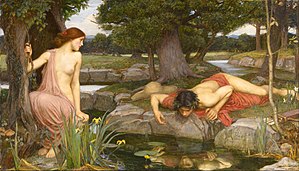

- The Crucifixion with the Virgin and St John (created by Hendrick ter Brugghen, nominated by Crisco 1492) The Crucifixion with the Virgin and St John, by the Dutch artist Hendrick ter Brugghen, shows the deceased Jesus Christ on the cross, with the mourning Mary and John the Apostle. At the foot of the cross are the bones of Adam, which identify the location as Golgotha, the place of the skull. A strange light suffuses the landscape, ostensibly the weird half-light of a partial solar eclipse.
- Stephan's Quintet (created by NASA, ESA, and the Hubble SM4 ERO Team, nominated by The Herald and Crisco 1492) This is Stephan's Quintet, a group of five galaxies, although the one upper left (NGC 7320 – that's its catalog number) is much closer to us than the other four. It's a dwarf galaxy. To its right is NGC 7319, a barred spiral, with little blue dots visible at the top; these, and the red dots below, are clusters of thousands of stars. In the middle, two galaxies, NGC 7318A and NGC 7318B, have distorted shapes because they are interacting with each other.
- Mr and Mrs Andrews (created by Thomas Gainsborough, nominated by Crisco 1492) Mr and Mrs Andrews is a double portrait by the English artist Thomas Gainsborough, painted when he was 21. The painting was first put on public exhibition in 1927, more than 170 years after its creation, and has become one of his best-known works. The Andrewses were members of the landed gentry of Essex, with an estate of 3,000 acres (1,200 ha), part of which forms the landscape half of this painting. Robert Andrews was a keen farmer, interested in modern agricultural techniques, such as Jethro Tull's seed drill, responsible for the neat rows of wheat featured (get it?) in the painting.
- George Villiers, 1st Duke of Buckingham (created by Michiel Jansz. van Mierevelt, nominated by Hafspajen) George Villiers, 1st Duke of Buckingham, seen here at the age of 33 in 1625 painted by the Dutch Golden Age artist Michiel Jansz. van Mierevelt, was the favourite courtier (and some reckoned lover) of King James I of England and Ireland. His widowed mother trained him for the life of a courtier; he was noticed by James during a hunt at Apethorpe. Others, who noticed the noticing, raised money to purchase Villiers a new wardrobe (not the kind from IKEA) and employment as James's cupbearer. These "others" were opponents of James's previous favourite, Robert Carr. Villiers rose to be the highest-ranking non-Royal, and an incompetent and corrupt statesman. He was stabbed in a pub by a slighted army officer, leaped up with an exclamation of "Villain!", began to give chase, and dropped dead.
- The Baptism of Christ (created by Piero della Francesca, nominated by SchroCat ) The Baptism of Christ is a painting by Renaissance master Piero della Francesca, completed circa 1448–1450. Christ is being baptised by John the Baptist; above Christ's head is a dove symbolising the Holy Ghost. To the left, three angels hold hands. It is opined that this is an allusion to the Council of Florence of a few years previous, which attempted to remedy the schism between the Eastern and Western churches – but Greek and Latin never did unite.
- Portrait of Alessandro Vittoria (created by Paolo Veronese, nominated by Crisco 1492) One of the greatest sculptors of 16th century Venice, Alessandro Vittoria, is depicted here by one of its greatest painters, Paolo Veronese. Veronese paints Vittoria holding a model of one of his most famous sculptures, that of Saint Sebastian created for the San Francesco della Vigna. Vittoria commissioned many portraits of himself and hung them in his house to impress his visitors and clients. You don't want to see the one that he had painted for the bedroom.
- The Entombment (created by Dieric Bouts, nominated by SchroCat) The Entombment, by the early Netherlandish painter Dieric Bouts, shows the lifeless body of Christ being lowered into a stone tomb; Nicodemus holds the body, while Mary Salome, Mary of Clopas, Mary, the mother of Jesus, John the Evangelist, Mary Magdalene, and Joseph of Arimathea look on. The painting was probably made sometime between 1440 and 1455 as part of an altarpiece. It's painted on linen with pigments bound in glue, which is why it's so dull; the canvas can't be cleaned without removing the paint.
- Christ in the Desert (created by Ivan Kramskoy, nominated by Hafspajen) Ivan Kramskoi was a Russian artist of the 19th century. Influenced by revolutionary and democratic ideals, he rebelled against academic art, and his paintings show an "expressive simplicity of composition and clarity of depiction [so as to] emphasize profound psychological elements of character". These traits are evident in his Christ in the Desert, depicting Christ as struggling with the "forces of spirit and flesh".
- Echo and Narcissus (created by John William Waterhouse, nominated by Sagaciousphil) Echo and Narcissus, by the Neoclassical artist John William Waterhouse, depicts the protagonists of a poem by Ovid. Echo is gazing with love at Narcissus, who is gazing with love at ... Narcissus. Kind of a love triangle gone wrong. Narcissus stayed there until he wasted away and became a flower.
- Portrait of a Man (created by Domenico Ghirlandaio, nominated by Alborzagros) and An Old Man and his Grandson (created by Domenico Ghirlandaio, nominated by Alborzagros) These portraits are by the early Italian Renaissance artist Domenico Ghirlandaio, whose skill at capturing likenesses was noted by Giorgio Vasari. Ghirlandaio, his brothers, and later his son, ran a large and efficient workshop, and among the many apprentices there was a young Michelangelo. Portrait of a Man (c. 1477) may be a depiction of the great Renaissance humanist and Neoplatonist Marsilio Ficino. An Old Man and his Grandson (c. 1490), which depicts a man affected by rhinophyma and a young boy, may be Ghirlandaio's best known work, although the identity of the sitters is unknown. The expressions of tenderness between the old man and the child led art historian and consultant Bernard Berenson to write of it, "There is no more human picture in the entire range of Quattrocento painting, whether in or out of Italy." Mostly out of Italy, if Berenson had anything to do with them – he was not above a bit of art smuggling.
- Battle of Vercellae (created by Giovanni Battista Tiepolo, nominated by Crisco 1492) This is a big painting of a big battle, in which the Romans (almost) wiped out the Cimbri, who were attempting to invade Italy. A few of the Cimbri were left, and some Cimbric-speaking inhabitants of northeastern Italy have been supposed to be their descendants. The painting by Giovanni Battista Tiepolo is a confused melee of men and horses; the Cimbri are being pressed in, stabbed, and crushed by the Roman legionaries. In the centre, a Roman has just withdrawn his spatha from the chest of a Cimbri warrior dressed in yellow. It looks like the latter has acquired some Roman equipment, including helmet and sword, maybe pillage from the Battle of Arausio. Tiepolo's swords don't appear to be historically accurate, but then neither does Plutarch's account of the battle.
- Christ Crowned with Thorns (created by Hieronymus Bosch, nominated by SchroCat) Hieronymus Bosch was an imaginative fellow for sure, and here he demonstrates the breadth of his imagination with this image of Christ being crowned by a man with a crossbow bolt in his hat. It's the sort of bolt used to cut rigging on a ship. Then there's the chappy wearing a malevolent grin, a spiked dog collar, a spray of oak leaves, and half a black sheep; good old Catweazle with a staff; and some nondescript man with rhinophyma who is attempting to wrench the seamless robe off of Jesus.
- Anatomical diagram of a nautilus (created and nominated by KDS4444) The nautilus is a living fossil, a scavenger and opportunistic predator, and hasn't evolved much during the last 500 million years. It has about 90 tentacles with a powerful grip, and its mouth has a parrot-like beak, which the nautilus uses to rip shellfish from rocks. It is resistant to pressure, and can live down to a depth of 700 metres (2,300 ft); the nautilus implodes at a depth of 800 metres (2,600 ft), so if you're pursued by one, go deeper.
- The Sandow Trocadero Vaudevilles (created by Strobridge Lithograph Co., Cincinnati & New York, restored and nominated by Adam Cuerden) Eugene Sandow is known as the "father of modern bodybuilding". Born in Prussia, he entered a strongman competition in Britain in 1889. Sandow was so successful that for the next four years, he toured the country giving exhibitions of "posing and incredible feats of strength". In 1894, he went to the States to appear at Florenz Ziegfeld, Jr.'s father's nightclub, the Trocadero – Junior hired him because his dad's club was in financial trouble. Sandow was a big draw, primarily for pumping and flexing his muscles rather than for his feats of strength. Sandow had studied ancient sculpture, and he modeled his body shape on the Greek ideal: he would pose as a statue, with an artfully placed figleaf.
- Guillaume Budé (created by Jean Clouet, nominated by Crisco 1492) Idle and dissipated until the age of 24, Frenchman Guillaume Budé was then seized with a sudden desire to study, and thereafter made rapid progress in Latin and Greek. His most highly regarded book is on ancient coins and measures. In 1533, Budé persuaded Francis I of France to ignore the College of Sorbonne's advice to ban printing. The Sorbonne had been responsible for the introduction of printing to France in 1470, but in the intervening years, they'd lost the monopoly on publishing.
- Portrait of Rosa Bonheur (created by Anna Klumpke, nominated by Adam Cuerden) Rosa Bonheur was "the most famous female painter of the nineteenth century." The oldest child in a family of artists, she established by her talent the brand name Bonheur in the world of animal portraits.
- A Man with a Quilted Sleeve (created by Titian, nominated by SchroCat) This portrait by the celebrated Venetian artist Titian may be the same painting raved about by Giorgio Vasari (him again!), who identifies the sitter as a member of the Barbarigo family. Instead of a portrait of a man sitting still, Titian's subject appears to be in motion, caught in the act of turning towards the viewer, with the sleeve poking out towards the viewer as if it's escaping the canvas. The looking over the shoulder pose inspired countless imitations over the centuries, including a 1640 self portrait by Rembrandt.
- C/2014 Q2 (Lovejoy) (created by John Vermette, nominated by The Herald) C/2014 Q2 (Lovejoy) is a comet, discovered in 2014 by Terry Lovejoy – the fifth one he's found. Show off. The lovely blue-green colour is caused by the burning-off of cyanogen and diatomic carbon.
- Mail Coaches on the Road: the Louth-London Royal Mail Progressing at Speed (created by Charles Cooper Henderson, nominated by Hafspajen) This painting depicts one of the mail coaches that ran between Louth and London, part of a network of coach routes for delivering the mail before the development of the railways. Charles Cooper Henderson was a noted painter of coaching scenes – a very similar painting of the same coach belonged to American pianist Van Cliburn – it came onto the market in March 2014 after his death and fetched only $2,750. That's because, like buses, three coaches came along at the same time.
- Night View of Ho Chi Minh City (created by Diego Delso, nominated by Crisco 1492) Night view over Ho Chi Minh City, formerly known as Saigon, and before that Prey Nokor or "Forest City". The city now has a population of almost eight million and is the centre of the metropolitan area that is the economic powerhouse of Vietnam.
- North America Nebula (created by Ken Crawford, nominated by The Herald) The North America Nebula looks to us as if it's four times the size of the Moon, but it is in fact an estimated 100 light years across and 1,800 light years away. It has a "remarkable shape" which looks like the continent of North America.
- Our own mini-New Testament - the beginning -
- and ... THE END
... of the beginning.... can't anyone nominate a resurrection, please?
- This is intentionally left blank for the coming Resurrection
-
Including this makes these images in total cross-shaped (though probably not on mobiles and such).






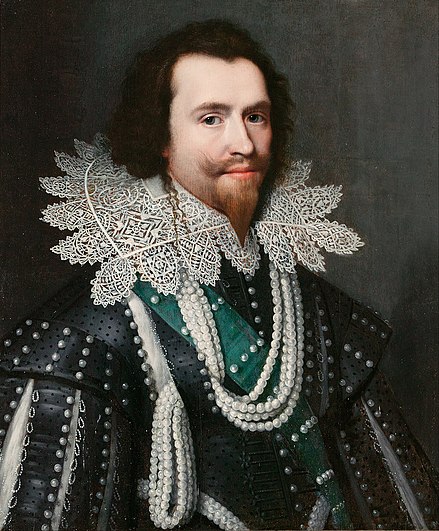

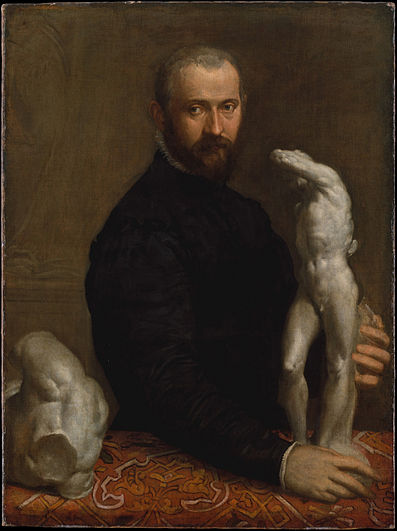
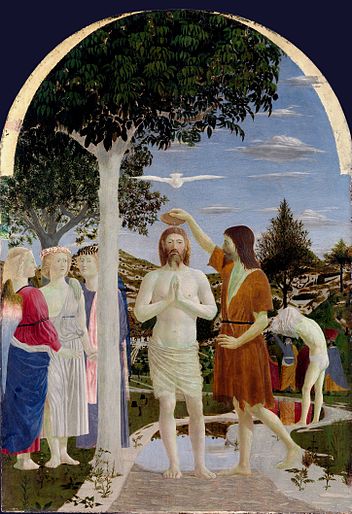
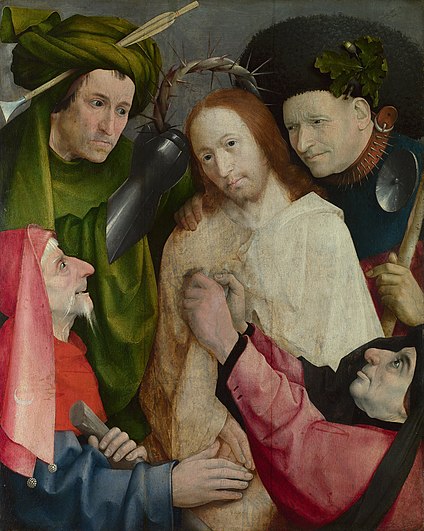

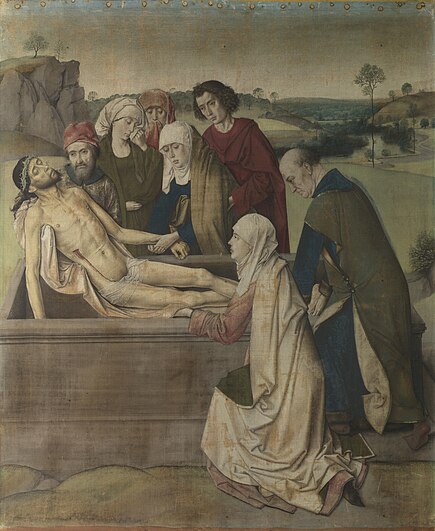


Discuss this story